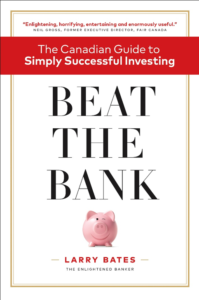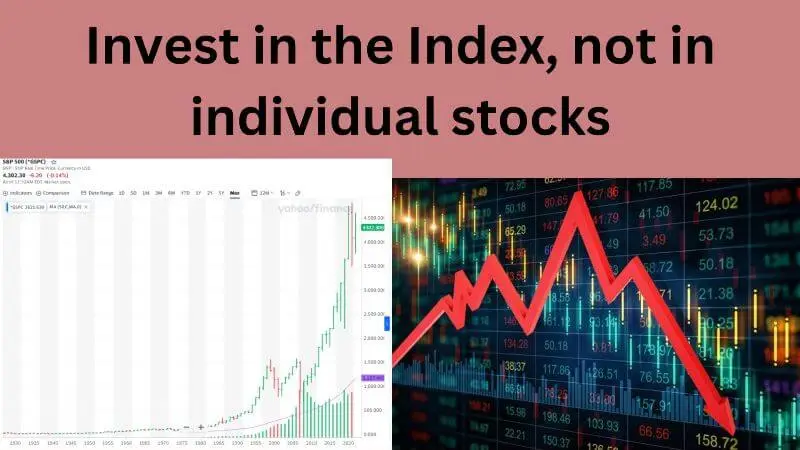Special to Financial Independence Hub
My book, Beat the Bank: The Canadian Guide to Simply Successful Investing, was published in September 2018. Five years later it continues to be a best seller among Canadian business/investing books.
The book, along with my website and various articles I’ve written have helped many Canadians learn to invest smarter and build (and maintain) larger retirement nest eggs.
Most Canadians continue to be directed by their banks and other advisors to invest through mutual funds. The vast majority of these mutual funds extract annual fees ranging from 1.5% to 2.5% from the value of the investment.
Not only are most Canadians unaware of these fees, very few investors understand the compound damage these fees do over time. Over a lifetime of investing, these fees can reduce retirement nest eggs by 50% or more.
At the same time, the investment industry, including the same banks that sell high-cost mutual funds, offer very low cost, very efficient investment funds (ETFs) that track market indexes. (There are many other types of ETFs as well. In my view most investors would be well served by sticking to simple index tracking ETFs).
Smarter investing means getting out of high-cost mutual funds and getting into low-cost investment products and services like index ETFs through do-it-yourself investing, using robo-advisors or finding lower cost traditional advisors.
A lot has happened in the world since Beat the Bank was published five years ago. Covid-19 did a lot of damage and led to a great deal of unanticipated change. Inflation spiked dramatically causing central banks to raise interest rates. The full impact of higher rates is yet to be fully felt, especially by homeowners whose mortgages will be renewing in the next year or two.
The good news for investors is that bonds and GICs are finally offering decent returns although we will have to wait and see whether earning 5% interest will outpace inflation. And, despite all the uncertainty and chaos over the past five years, the total return of S&P 500 was a pleasing 70% while the total return of the S&P/TSX was 42%.
What hasn’t changed?
- Markets continue to be uncertain (this never changes!)
- The majority of “advisors” are under no legal obligation to act in their client’s best interest
- The majority of “advisors” put millions of Canadians into high-cost mutual funds
- Many prominent mutual funds have not reduced their fees (Why would they lower fees when investors are unaware of the impact of fees?)
- Mutual funds continue to underperform simple index ETFs
- Regulators have made some progress but many critical investor protection measures have yet to be implemented
The Beat the Bank project, which was sparked 7 years ago by my sister’s experience with mutual funds, has been a gratifying experience. I have received hundreds of messages from readers over the past five years, the great majority with positive feedback.
You can get a sense of reader response by checking out Amazon reviews. I certainly have had negative reaction from some advisors and industry people generally, but most professionals recognize the shortcomings of the industry and want to see investors achieve better outcomes with simpler, more efficient investment products and services.
DIY investing not for everyone
Do-it-yourself investing it’s not for everyone. But if you are considering switching to DIY investing, whether you check out my book or other independent sources (books, blogs, podcasts, etc.), I strongly encourage you to take some time to learn investment basics.
Here are just a few tips from Beat the Bank readers for those considering making the move:
“I have found that ETF equity investing is better for me than buying individual stocks.” Continue Reading…










